Description
Cumin
50 Seeds per pack
Annual Herb
Days to Maturity: Up to 120 Days
Sun Requirements: Full Sun
Botanical Name: (Cuminum cyminum)
A key ingredient in Mexican, Middle Eastern, Eastern European, and Mediterranean dishes, cumin is widely valued not just in the kitchen but also in the garden for its useful and ornamental qualities. Its feathery, fern-like leaves and soft white to pink umbels make it well-suited for an attractive herb garden or tucked into a flower bed, where its delicate foliage adds a quiet background.
Plants grow 12–20 inches tall and spread about 12–15 inches. After flowering, they set small, fragrant seeds that range from yellow-brown to deep brown or black depending on conditions. The plant prefers warm, sunny spots and handles drought well. Its flowers draw beneficial insects such as lacewings and ladybugs, making it a solid choice near pest-prone crops.
The seeds are used whole, roasted, fried in oil to bring out their aroma, or ground into powder. Young leaves can be picked for fresh use, while seeds are harvested at full maturity and dried for storage. Its flavor is earthy and pungent—stronger than caraway, adding a savory depth to dishes like curries, chili, hummus, and pickles.
Cumin has also been used traditionally to aid digestion, reduce nausea, and support respiratory health. Durable and useful, it remains a standard in the kitchen.
Planting Instructions for Cumin Seeds
When to Plant:
Cumin needs a long, warm growing season and is sensitive to frost. In regions with short summers, start seeds indoors 4–6 weeks before the last expected frost. Soak seeds for 8 hours before sowing to improve germination. Transplant seedlings outdoors once the danger of frost has passed and daytime temperatures consistently stay above 60°F (16°C). In warmer climates with long summers, you can direct sow cumin seeds outdoors 1–2 weeks after the last frost.
Where to Plant:
Choose a full sun location that receives at least 6 hours of direct light per day. Cumin prefers fertile, well-drained soil with a neutral to slightly alkaline pH between 7.0 and 7.5. Avoid areas that lack protection from wind or are prone to standing water. Raised beds or sheltered garden spots are ideal. In humid climates, space plants well and provide good airflow to reduce the risk of mildew or rot.
How to Plant:
Plant seeds ¼–½″ (6–12 mm) deep, either in seed trays or directly into the soil. Sow in clusters of 3–4 seeds every 4–8″ (10–20 cm), with 18–24″ (45–60 cm) between rows. Once seedlings reach 2″ tall, thin to 1 plant per cluster. Germination takes 7–14 days at 65–70°F (18–21°C). During germination, keep the soil lightly moist but not soggy. After seedlings emerge, water gently and allow the top layer of soil to dry between waterings—cumin dislikes wet feet.
Care and Maintenance:
Cumin is a low-maintenance annual that requires only occasional watering once established. Use compost tea during the growing season for a nutrient boost, and avoid fertilizers high in nitrogen. Support may be needed in windy areas as the stems can be top-heavy during flowering.
When to Harvest:
Cumin matures in about 120 days. Harvest when the seed heads turn brown and the seeds are fully formed but haven’t yet fallen. Cut entire stems and hang them upside-down in a paper bag or over a tray to catch the drying seeds. Leaves can be picked earlier and used fresh in salads for a fragrant, dill-like flavor.
Seed Saving Tips:
Allow seed heads to dry fully, then shake or rub to release the crescent-shaped seeds and store them in a cool, dark, and dry place. We offer seed-saving envelopes that simplify storage—each one includes a label area for noting the variety name and harvest date.
FAQ:
What is the historical or notable background of Cumin?
Cumin originated in Western Asia and has been cultivated since biblical times, making it one of the oldest known spices. used in ancient cultures for both its flavor and medicinal qualities, it remains a staple today.
What is the flavor of Cumin?
Cumin offers a bold, earthy, and pungent flavor that’s more intense than caraway. It adds a warm, savory depth to dishes and is essential in spice blends like curry powder and garam masala.
What does Cumin look like, and what are its growing habits?
Cumin grows as a compact, herbaceous annual reaching 12–20 inches tall with a spread of 12–15 inches. Its soft, fern-like foliage and small umbels of white to pink flowers give it a light, airy presence—perfect for blending into ornamental beds or herb gardens.
How is it until i can havest Cumin?
Cumin reaches maturity in up to 120 days, producing aromatic seeds once the flower heads dry and turn brown. You can also harvest the young, feathery leaves earlier in the season for fresh use in salads, soups, or garnishes.
When is the best time to plant Cumin?
Plant cumin in early spring after the last frost in warm, sunny locations. It prefers consistent warmth throughout its growing cycle and does best in climates with long, hot summers.
What are the common culinary uses of Cumin?
Cumin seeds can be used whole, roasted, fried in oil, or ground into powder. It’s a staple in dishes like chili, curries, hummus, and pickles, bringing out the flavor in both vegetarian and meat-based recipes.
What’s the best way to store Cumin after harvest?
After drying the seeds, store them in an airtight container away from light and heat. Whole seeds retain their flavor longer, but ground cumin should be used within a few months for peak potency.
What nutrients or health benefits does Cumin provide?
Cumin is traditionally known for supporting digestion, easing nausea, and aiding respiratory health. It also contains iron and antioxidants, making it a nutritious spice addition to the diet.
Does Cumin offer any benefits in the garden besides its culinary use?
Yes, cumin’s flowers attract beneficial insects like ladybugs and lacewings, which help control garden pests. Its delicate appearance also makes it a charming addition to ornamental beds.


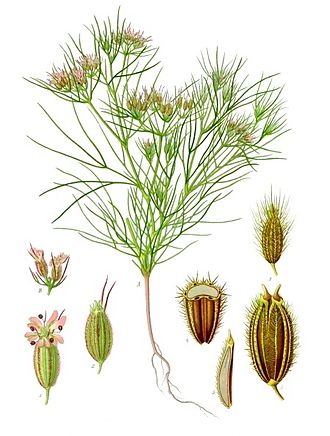
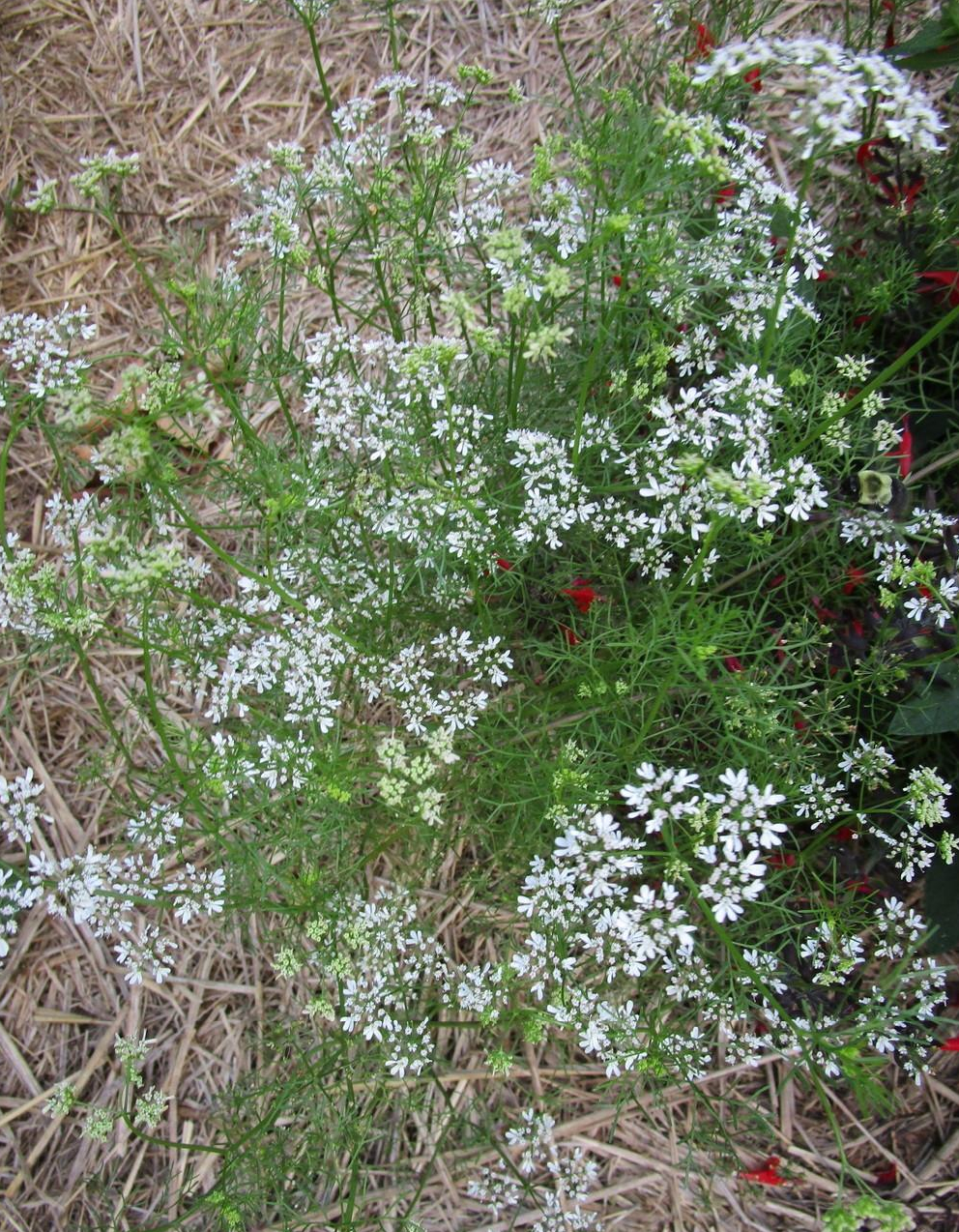

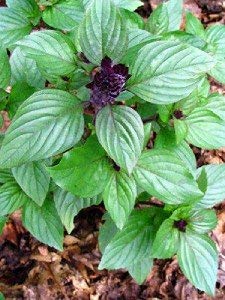






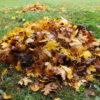


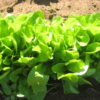



Patricia Q. (verified owner) –
Awesome seed and seed company
Miranda Paulick-Reigel (verified owner) –
5 star!
Regina Harris (verified owner) –